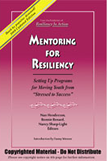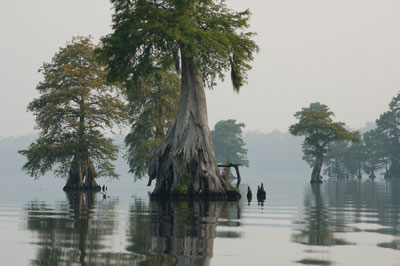People have asked me for years, “Is resiliency a trait you are born with or can it be learned?” The answer is yes. The capacity for overcoming is “hard-wired” into the human make-up. Everyone overcomes a multitude of challenges, small and great, throughout their lives.
It is true, however, that it is easier for some people to overcome challenges, especially traumas and crises, than others. The analogy I like to use is one of riding a bike: Everyone can learn to ride a bike. Both my brothers jumped on a bike and took off instantaneously–so it seemed to me watching them at the time. In my case, I did learn to ride a bike, but it was a struggle that included several collisions with trees and bushes in our backyard…and it took me a lot longer to learn.
A “resiliency curriculum” should focus on growing the existing capacity for overcoming that is inherent in all, with a particular focus on how a person has already overcome challenges in his or her life. The strengths/resiliency builders a person has used to overcome should be named specifically so the person can begin to consciously own these aspects of himself or herself and apply this existing resiliency to current life challenges.
Then, the six environmental resiliency builders diagrammed in The Resiliency Wheel should be strengthened. A curriculum can support each person in building their personal Resiliency Wheel.
You can read more about this in the free article on this website, “Hard-Wired to Bounce Back” and in “The Resiliency Quiz” (also free). A diagram of The Resiliency Wheel is included there.
P.S. My newest book, The Resiliency Workbook, does exactly what I have suggested here. And I have just completed a “Leader’s Guide to Using The Resiliency Workbook” with more than 24 specific ideas about how to turn this book into a resiliency curriculum for any class or group. It is available free of charge to anyone who purchases The Resiliency Workbook at resiliency.com.
| Please share this article -> |



 It is tempting to watch this powerful story, just released on Netflix, and think Kya is an exception. But according to the body of resiliency research, she is not. As resiliency pioneer researchers Drs. Steve and Sybil Wolin write in their excellent book,
It is tempting to watch this powerful story, just released on Netflix, and think Kya is an exception. But according to the body of resiliency research, she is not. As resiliency pioneer researchers Drs. Steve and Sybil Wolin write in their excellent book, 

